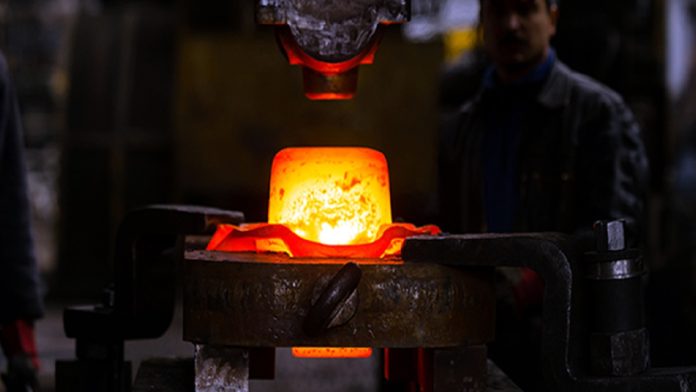In today’s world, recycling has become an indispensable part of our efforts to conserve resources and reduce environmental impact. Recycling equipment plays a crucial role in this endeavor, and one manufacturing process that significantly contributes to the production of durable and efficient recycling equipment is hot die forging. This article explores how hot die forging makes a significant impact on the recycling industry, focusing on its benefits and applications. For top-notch hot die forging services that elevate your manufacturing needs, navigate to the official company website of Cxin Forging.
Introduction to Hot Die Forging
Hot die forging is a precision manufacturing process that involves shaping metals into desired forms through the application of extreme heat and pressure. This technique is renowned for its ability to produce high-strength, durable, and precisely engineered components. These characteristics make hot die forging a preferred choice in various industries, including automotive, aerospace, and, notably, recycling equipment manufacturing.
Hot Die Forging in Recycling Equipment
Strength and Durability
Recycling equipment operates in harsh conditions where durability and reliability are paramount. Hot die forging excels in providing the necessary strength and resilience required for recycling machinery components. Forged parts can withstand the wear and tear of processing various materials, ensuring long-lasting performance. Components like blades, hammers, and shafts are often forged to endure the rigorous demands of recycling processes.
Customization
Recycling equipment comes in diverse forms, each designed for specific recycling tasks. Hot die forging allows for precise customization of components to match the unique requirements of different recycling machines. Manufacturers can create bespoke components that fit perfectly, enhancing the efficiency of recycling equipment and reducing downtime.
Resistance to Wear and Abrasion
In recycling equipment, parts frequently encounter abrasive materials that can lead to rapid wear and reduced efficiency. Hot die forging can produce components with excellent resistance to wear and abrasion. The forging process refines the grain structure of the metal, resulting in enhanced hardness and toughness, making it ideal for components exposed to abrasive materials.
Advantages of Hot Die Forging for Recycling Equipment
Sustainability
Hot die forging aligns with the principles of sustainability by creating durable and long-lasting components. This durability reduces the need for frequent replacements, saving resources and reducing waste in the manufacturing process.
Efficiency and Cost-Effectiveness
Forged components are known for their precision and reliability. Recycling equipment manufacturers benefit from reduced maintenance costs and increased operational efficiency when using hot die forged parts.
Environmental Benefits
Efficiency gains and reduced material waste associated with hot die forging contribute to a more eco-friendly manufacturing process. Recycling equipment manufacturers can reduce their carbon footprint by using forged components that last longer and require fewer replacements.
Conclusion
In the world of recycling equipment manufacturing, hot die forging plays an instrumental role in producing high-quality, durable, and efficient machinery. Its contributions extend to enhancing the strength, customization, wear resistance, and overall performance of recycling equipment components. As the recycling industry continues to grow in importance, the adoption of hot die-forging techniques will remain crucial in creating sustainable and effective recycling solutions.






